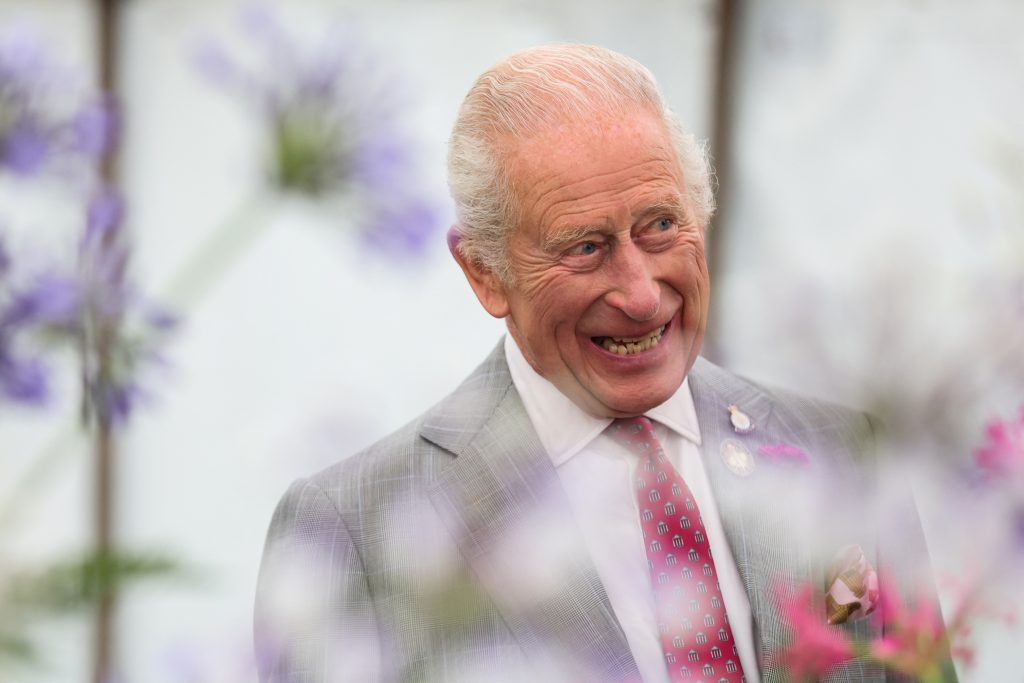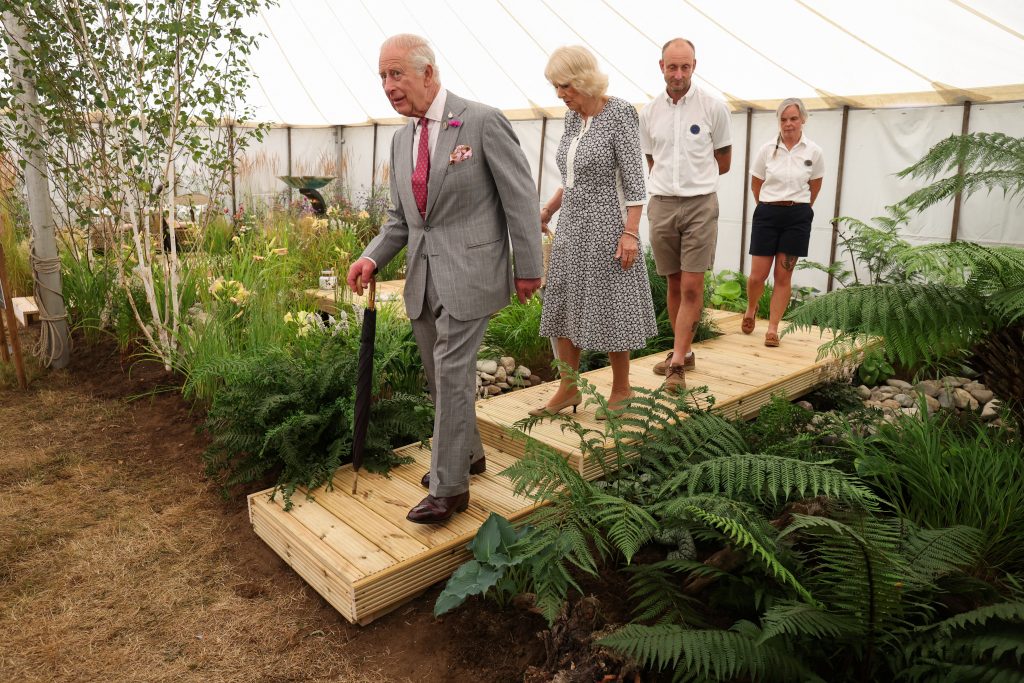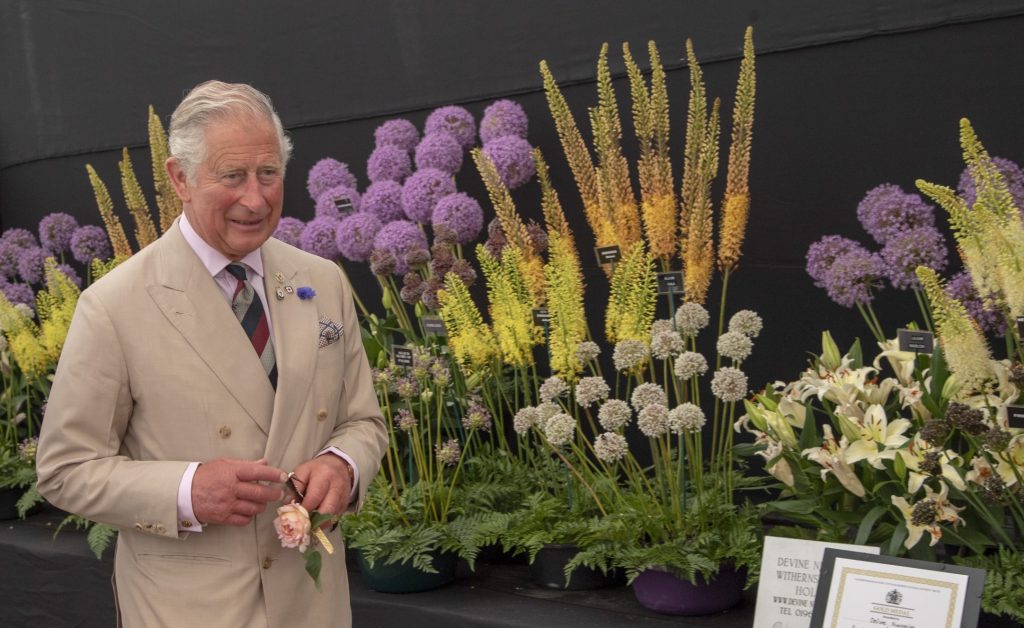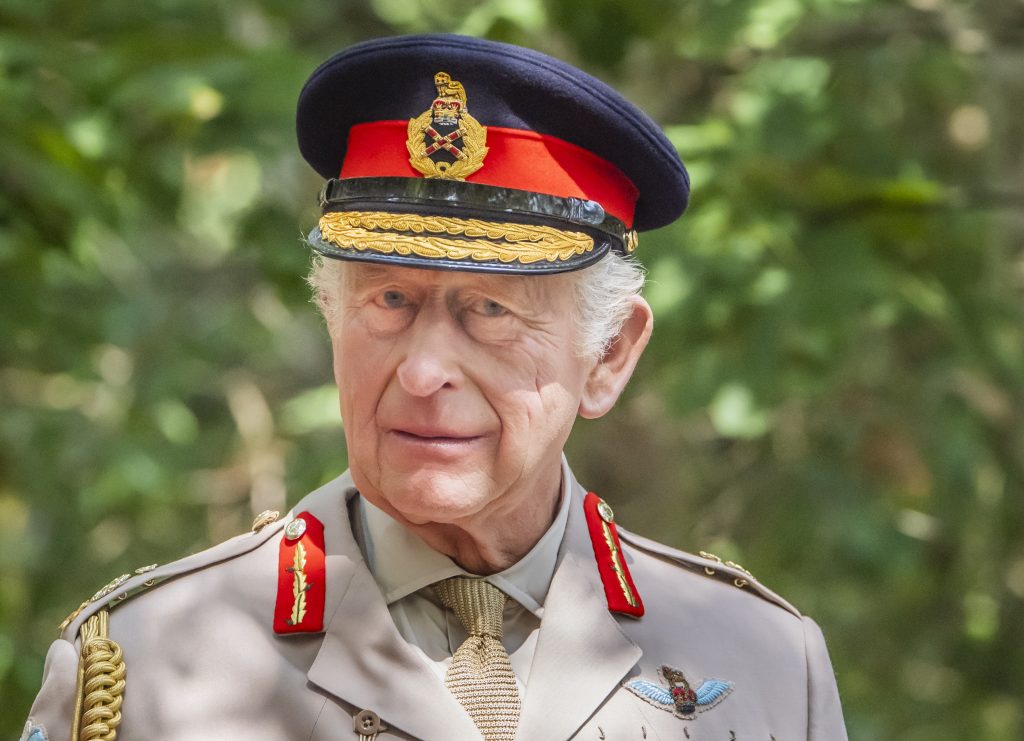Finding Moments of Joy During a Cancer Journey
- King Charles III, 76, who revealed his cancer diagnosis in February 2024, has continued to make appearances in the public eye, which is undoubtedly an entirely different challenge while going through cancer. Royal or not, millions of survivors continue working daily, managing their own ongoing struggles while balancing family responsibilities, public appearances, and social interactions—all while bearing the burden of the illness.
- To manage, it’s essential to keep seeking out moments that bring you joy. For The King, it is widely known that he is highly passionate about gardening and nature, and His Majesty has been spending a majority of his summer outside, surrounded by flowers and trees at the famed Sandringham Estate, the Royals’ country retreat in Norfolk, England.
- Gardening, cooking, nature walks, creating music or art, writing, or a simple meditation session can all be easily woven into a busy or stressful schedule if you just commit to a timeframe while mapping out your day.
To manage, it’s essential to keep seeking out moments that bring you joy. For King Charles, it is widely known that he is highly passionate about gardening and nature, and His Majesty has been spending a majority of his summer outside, surrounded by flowers and trees at the famed Sandringham Estate, the Royals’ country retreat in Norfolk, England.
Read More
“Here, His Majesty is pictured in The Topiary Garden, a stunning space inspired by the Cosmati pavement at Westminster Abbey. This new space introduces a unique horticultural discipline to the gardens by incorporating topiary and traditional crafts used to maintain these intricate shapes.”
In the comments, fans stopped by to share well wishes and compliment the London-born Royal. “Wonderful photos of The King. In his element with nature,” one person wrote, while others expressed that he looked “happy” and “well” with his soft smile and expression. “Very charming portraits!”
‘The Joy of Gardening’
Less than a couple of weeks later, King Charles and Queen Camilla, 78, appeared at the annual Sandringham Flower Show, now in its 142nd year. According to Their Majesties’ site, the pair greeted exhibitors and guests at the event that typically draws in around 20,000.

Then on July 26, the monarch made another appearance at the country estate as the RHS, the Royals’ gardening charity, launched a new Royal Signature “to celebrate His Majesty King Charles III being the charity’s Royal Patron and inspiring many to experience the joy of gardening.”

The “botanical artwork,” which features a Royal Coat of Arms surrounded by The King’s favorite plants in the gardens, was signed by His Majesty as he and Queen Camilla, took in the creation by artist Gillian Barlow (with calligraphy by Timothy Noad). A copy of the painting will be on exhibition through October 10 in the Ballroom of the Sandringham House.
A rare emotional moment
Last but not least, in a rare tender moment on August 15, The King and Queen became visibly moved at a veteran event held at the National Memorial Arboretum in England. The Royal couple helped honor the 80th anniversary of “VJ Day,” which marks the victory over Japan and end of World War II.

Captain Yavar Abbas, 105, apologized in advance as his speech became more personal, and he referenced King Charles’ cancer, noting that he himself is a survivor. The veteran said he has been “rid of it for 25 years and counting,” as the audience applauded. After Abbas praised The King for being there with his “beloved Queen in spite of the fact that he’s under treatment for cancer,” the Royal couple became emotional, with Camilla wiping away her tears.
Finding Time for Happiness
During your cancer care, which can provoke a wide variety of emotions, feelings of happiness can actually help you live longer, therefore it’s important to take care of your mental well-being in addition to your physical health. In fact, studies have shown that patients with stronger emotional health have a better quality of life when going through treatment.
To better understand the role of emotional health and social support after a cancer diagnosis, we spoke with Dr. Dana Chase, an oncologist at UCLA Health.
Chase says taking care of your emotional health is as simple as doing the things you love. “You should try to do more of those activities.”
SurvivorNetTV Presents: Can You Dig This — The Urban Gardening Revolution
She recommends that people take some time out of each day to do something that brings them joy. “Sometimes I will talk to a patient about making [a] list of the top 10 things that bring them joy. And trying to do those ten things…to make at least 50 percent of their experiences positive throughout the day.”
Gardening, cooking, nature walks, creating music or art, writing, or a simple meditation session can all be easily woven into a busy or stressful schedule if you just commit to a timeframe while mapping out your day.
Finding Inner Peace with Meditation
There is a good deal of high quality scientific research demonstrating the benefits of meditation for people with cancer.
According to the American Society of Clinical Oncology, there is data showing that meditation creates “reductions in psychological distress in patients with lung cancer, improves mood and general well-being in patients across several cancer diagnoses, as well as enhances psychological functioning and mindfulness in partners of cancer patients.”
In this video, Dr. Brian Berman, director of the Center for Integrative Medicine at University of Maryland, takes us through a guided meditation.
Ideally, Dr. Berman recommends using this relaxation technique once or twice a day or for 10 to 15 minutes to fully experience the benefits that can come from meditation.
King Charles’ Cancer Journey
King Charles’ cancer journey was first announced on February 5, 2024 in a statement from Buckingham Palace, reading, “During The King’s recent hospital procedure for benign prostate enlargement, a separate issue of concern was noted. Subsequent diagnostic tests have identified a form of cancer.”
“His Majesty has today commenced a schedule of regular treatments, during which time he has been advised by doctors to postpone public-facing duties,” it continued. “Throughout this period, His Majesty will continue to undertake State business and official paperwork as usual.”

“The King is grateful to his medical team for their swift intervention, which was made possible thanks to his recent hospital procedure. He remains wholly positive about his treatment and looks forward to returning to full public duty as soon as possible.”
It added: “His Majesty has chosen to share his diagnosis to prevent speculation and in the hope it may assist public understanding for all those around the world who are affected by cancer.”
Coping with Treatment Side Effects: Staying Active
The exact type of cancer, which was found while treating The King’s enlarged prostate, as noted above, remains undisclosed at this time, as well as the stage of King Charles’ cancer.
According to the National Institute of Diabetes and Digestive and Kidney Diseases, benign prostatic hyperplasia (BPH), also known as benign prostatic hypertrophy or benign prostatic obstruction, is “a condition in men in which the prostate gland is enlarged and not cancerous.”
RELATED: Removing Shame, King Charles Shares News of His ‘Corrective Procedure’ To Treat Enlarged Prostate
Benign prostatic hyperplasia is often an issue with men over 50 years old, the NHDDKD also notes, adding the men with the following factors or more likely to get benign prostatic hyperplasia:
- Age 40 years and older
- Family history of benign prostatic hyperplasia
- Lack of exercise
- Obesity, heart and circulatory disease, and type 2 diabetes
- Erectile dysfunction
As for dealing with side effects from cancer treatment, though The King’s specific treatment plan is unknown, Dr. Erin Crane, an oncologist at Levine Cancer Institute Morehead in North Carolina, says she counsels patients that “fatigue is one of the side effects that tend to get progressively harder to recover from with chemotherapy.”

“But once chemotherapy is over, within a few months, most patients regain their energy levels back,” Dr. Crane added to SurvivorNet.
There are also steps patients can take, says Dr. Crane, who notes that being active can make a world of difference.
“I think it’s important for patients to try and remain as active as possible,” she says. “And I know that of course, they don’t want to push themselves until they’re not feeling well, but trying to incorporate physical activity like going for a walk every day, doing things around the house to remain active really can help combat some of that fatigue and keep patients in better shape so that they’re better able to recover from chemotherapy and get back to normal when they’re done with treatment.”
Learn more about SurvivorNet's rigorous medical review process.

